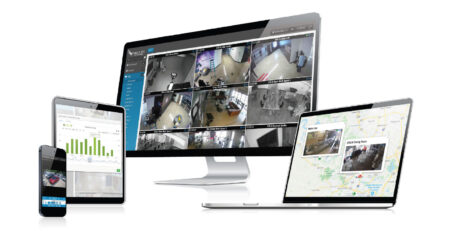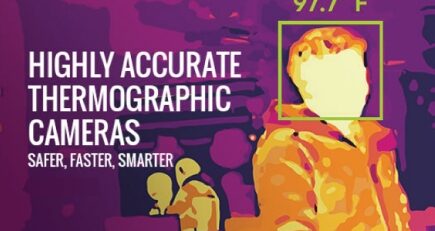Modern VoIP Features Explained – Presence
Over the last few months we have started explaining about the features of modern VoIP. We spoke about CTI and IP Mobility. Let us now understand what ‘Presence’ is.
The term ‘presence’ has multiple meanings. Presence, by itself, is a status indicator that conveys two things – availability, and willingness to communicate.
But, in terms of VoIP, presence has taken on a whole new meaning – that of a technology that gathers and offers to people your availability and willingness to communicate. Presence became a technology when the IMPP working group was formed under IETE to establish standards of how presence information is made interoperable. This was done for IM or Internet Messaging systems. Unfortunately, the various IM systems did not use the IMPP recommendations universally.
Today presence is being employed across a wide variety of devices – including cell phones, computers, PDAs, television sets, and pagers.
What we will be discussing here is the value that presence brings to VoIP. In VoIP, presence is an important ingredient of Unified Communication. Within VoIP, presence has become critical as people no longer use a single communication mechanism. People use office phones, cell phones, email, IM, and video conferencing to name just a few. So how does presence work across such varied communication medium?
Secondly, which medium do you use for a particular communication requirement? Supposing you want to contact your CFO urgently. Do you send him an email, an IM, call him on the phone, or call him or his personal cell phone?
This is where presence plays an important part. With its capability of giving you real-time information on a person’s availability, presence can help an application make an intelligent decision on how to contact the person. All you have to do is to click on the person’s name and the unified communication system will guide you as to how to contact the person. It will start by looking at the person’s calendar. If it is within working hours, it will look for the person in the office. If not it will decide to the person at home or on his/her private cell number. Within office hours, the presence system will see if the person is on his desk, in which case his desk phone will be used. If the calendar shows the person is in a meeting, the call will be routed to the person’s cell phone.
This is a scenario that has been used to describe the use of a phone system. The same can be extended to other modes of communication such as email, messaging, chat, SMS, etc.
Presence can also use Find-Me, Follow-Me feature to intelligently decide where a person is? The system can, for example, detect where you are by your log-in or a recent call you made.
Presence can also be used when the system does not know who to direct the call to. This is particularly useful in call centers. When a customer calls, for example, he is asked a few simple questions that will enable the system to direct his call to the employee who is most competent to answer his queries.
There are multiple challenged with presence. One; not all providers follow standards, and this could lead to interoperability issues. Two; implementing presence is not easy as presence scans multiple devices. Three; users have to understand how to make their presence visible to the system.
Dove Communication has the expertise that is needed to implement a fully functional presence system in your VoIP today. Call us today for more details.







